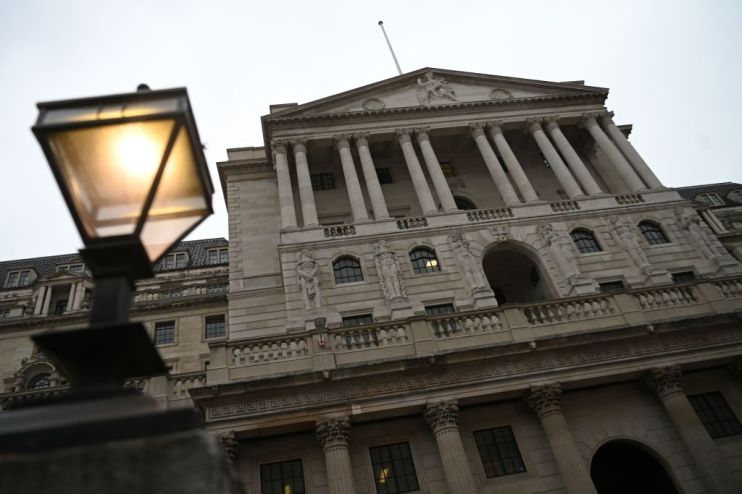Evidence on negative rates ‘encouraging’, says Bank of England policymaker

The Bank of England has seen “encouraging” evidence that negative interest rates could help the British economy during the downturn triggered by the coronavirus, a policymaker has said.
Silvana Tenreyro, who sits on the Bank’s monetary policy committee (MPC), said the committee has been discussing what options it has in its toolkit, including “how effective negative rates might be in the current context”.
“The evidence has been encouraging,” she told the Sunday Telegraph in an interview. She also told the paper that she did not expect Britain to continue to enjoy a V-shaped economic recovery due to headwinds from local flare-ups in Covid-19, increasing unemployment and a “very weak” global economic outlook.
The BoE said in August that it was examining the case for negative rates more closely, and said earlier this month that it would take a detailed look at whether the policy could be feasible during the fourth quarter.
However governor Andrew Bailey has cautioned these steps do not mean the central bank is committed to implementing negative rates, which could see customers charged for holding deposits with banks.
So far, the BoE has responded to the coronavirus pandemic by slashing interest rates to a record-low of 0.1 per cent and expanding its asset purchase programme by £300bn.
Tenreyro said that evidence from the eurozone and Japan showed that cutting interest rates below zero had succeeded in reducing companies’ borrowing costs and did not make it unprofitable for banks to lend.
She added that cuts in interest rates below zero had been almost fully reflected in reductions in interest rates charged to borrowers.
“Banks adapted well – their profitability increased with negative rates largely because impairments and loss provisions have decreased with the boost to activity and the increase in asset prices.”
Tenreyro said she expected Britain’s rebound from the historic 20 per cent drop in GDP in the second quarter to lose pace as coronavirus cases rise across the country.
She has clashed with fellow MPC member Andy Haldane over the shape of the recovery, which Haldane, the Bank’s chief economist, insitits will be relatively quick and V-shaped.
Tenreyro said she expects the trajectory to be an “interrupted, incomplete V”, with the rebound in activity following the lifting of lockdown measures failing to reach pre-pandemic levels.
“Flare-ups like we’re seeing may potentially lead to more localised lockdowns and will keep interrupting that V[-shaped recovery].”
The economist told the Sunday Telegraph that it was too early to know whether the scaled-back job support plans unveiled by chancellor Rishi Sunak last week would be enough to stave off a significant rise in unemployment once the furlough scheme ends in October.
“Another factor interrupting the V is a very weak global outlook, with high uncertainties, particularly with a second wave already striking many countries,” she added.